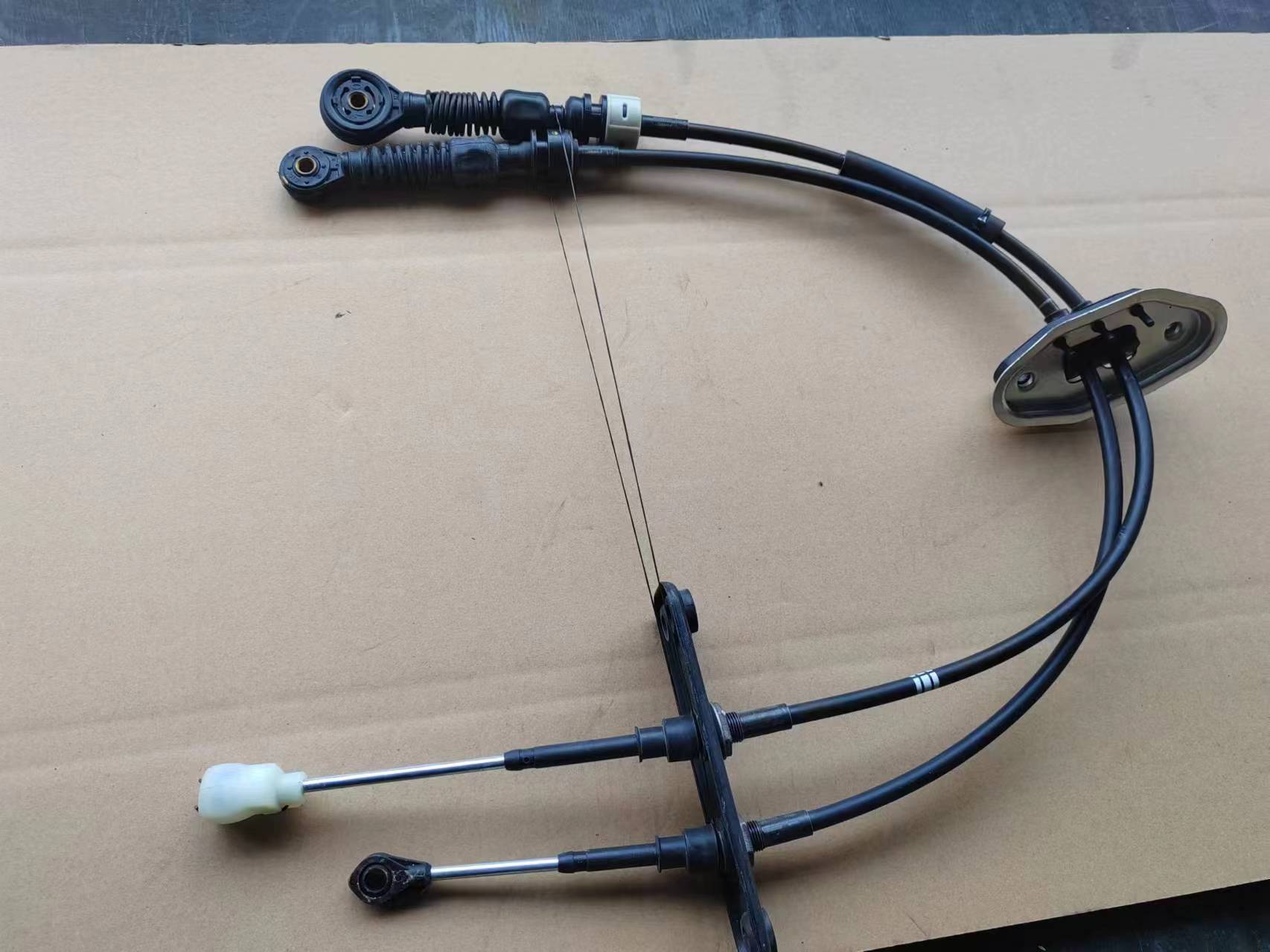car hand brake cable
Understanding Car Hand Brake Cables Functionality, Importance, and Maintenance
When it comes to vehicle safety, few components are as crucial as the hand brake system, commonly known as the emergency brake. Central to this system is the hand brake cable, a vital part that ensures the vehicle can be securely held in place when parked, especially on inclines. Understanding the functionality, importance, and proper maintenance of the hand brake cable can enhance vehicle safety and prolong the lifespan of the braking system.
Functionality of the Hand Brake Cable
The hand brake cable is essentially a mechanism that links the hand brake lever (typically located between the front seats) to the rear brakes. When the driver pulls the hand brake lever, it pulls on the cable, which then activates the brakes at the rear wheels. This action clamps the brake shoes against the drums or engages the brake pads in disc brakes, effectively preventing the car from rolling. The cable operates under tension and must be durable to withstand repeated pulling and wear over time.
Hand brake cables generally consist of a strong steel cable housed within a protective sheath. This design prevents corrosion and damage from environmental factors, which can affect performance. Modern vehicles may also feature electronic parking brakes that serve a similar purpose but rely on different mechanisms; however, traditional cables are still widely used in many cars.
Importance of the Hand Brake Cable
The necessity of a functioning hand brake is particularly apparent in situations where the vehicle is parked on a slope. A malfunctioning cable can lead to accidents, as a car may roll away unexpectedly if the brake fails to engage properly. Furthermore, the hand brake serves as a secondary safety feature if the primary braking system fails while driving.
Regular maintenance and inspections of the hand brake cable are essential for safe operation. Signs of wear and tear include fraying, rust, or loss of tension. Neglecting these warning signs can lead to complete cable failure, which is not only unsafe but also potentially costly to repair if it results in damage to other braking components.
car hand brake cable

Maintenance of Hand Brake Cables
Preventive maintenance is key to ensuring the longevity and effectiveness of hand brake cables. Vehicle owners should routinely check the condition of the cables, especially if they notice any changes in the hand brake’s performance. It's advisable to look for the following signs during inspection
1. Fraying or Damage Inspect the cable for any visible signs of damage, especially at attachment points. 2. Tension The hand brake should hold the vehicle securely when engaged. If it feels loose or pulls too easily, it may be time to adjust or replace the cable.
3. Lubrication Keeping the hand brake cables properly lubricated helps prevent rust and wear. While cables are primarily designed to be low-maintenance, a little attention can go a long way.
4. Professional Inspection If you're unsure about the condition of your hand brake cables, it’s wise to have them inspected by a mechanic during routine service checks.
Conclusion
In conclusion, the hand brake cable is a critical component of vehicle safety that should not be overlooked. Understanding its functionality, significance, and maintenance needs helps ensure that your vehicle remains safe and reliable. Regular inspections and attention to signs of wear can prevent serious issues and enhance overall driving confidence. Remember, a well-maintained hand brake is not just a matter of convenience—it’s a vital aspect of road safety.
-
Upgrade Your Vehicle with High-Quality Handbrake CablesNewsNov.01,2024
-
Optimize Your Bike's Performance with Quality CablesNewsNov.01,2024
-
Enhance Your Vehicle's Performance with Quality Clutch ComponentsNewsNov.01,2024
-
Elevate Your Vehicle's Performance with Quality Throttle CablesNewsNov.01,2024
-
Elevate Your Vehicle's Performance with Quality CablesNewsNov.01,2024
-
Affordable Solutions for Your Cable NeedsNewsNov.01,2024
